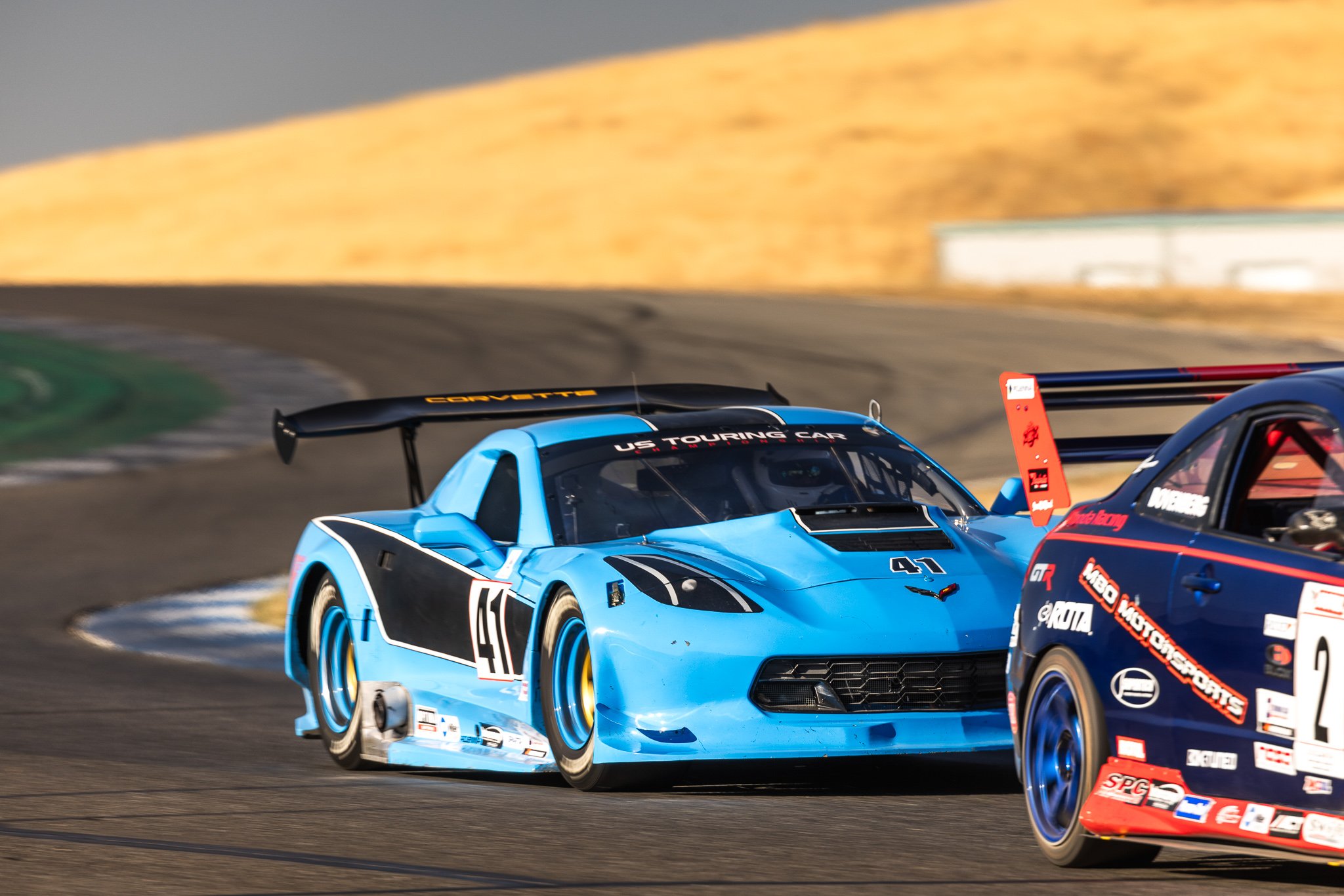
SpeedSF Blog
Every Build Has a Story – Meet the Cars of SpeedSF
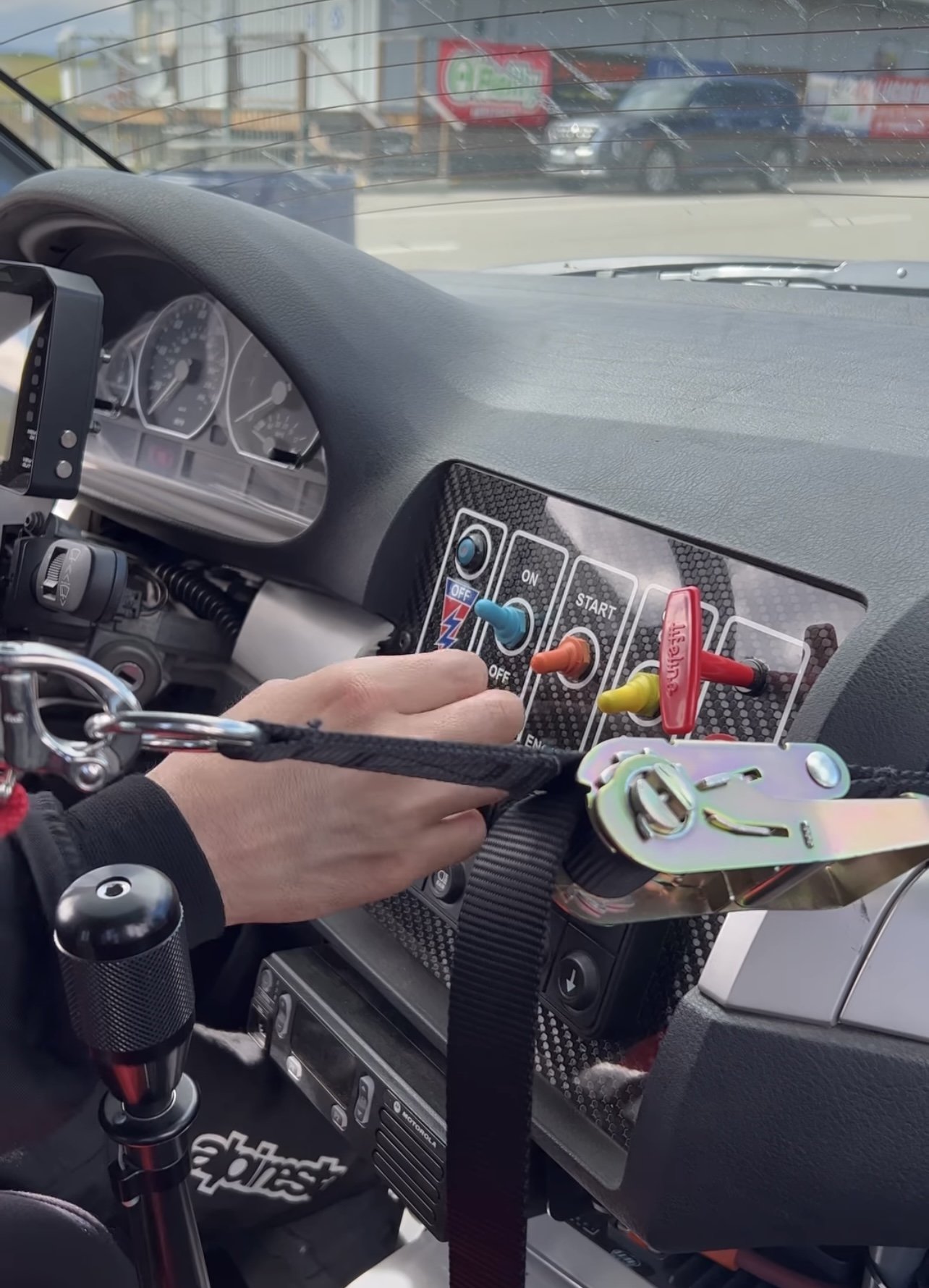
Why Trackday Coaching Matters
When Eric Preciado got serious about his racing, he hired a driving coach to help him shed some of the bad habits he’d picked up in autocrossing. At the end of his first day with Joe McGuigan issuing instructions, Eric was lapping nearly five seconds faster than he had previously.

Justin's IS F: Rekindling An Old Romance
After a seventeen-year sabbatical from racing, Justin Munoz picked up a capable sedan that, over the last few years, has helped him fall back in love with motorsport.

Peter's 2JZ-Swapped S13: Tweaking the Famous Drift Recipe
A succession of SR20 failures led to Peter Hong swapping a 2JZ into his Nissan S13. Though the new motor has saved him from some headaches, the bump in power has made the car into more of a drifter than it ever was.
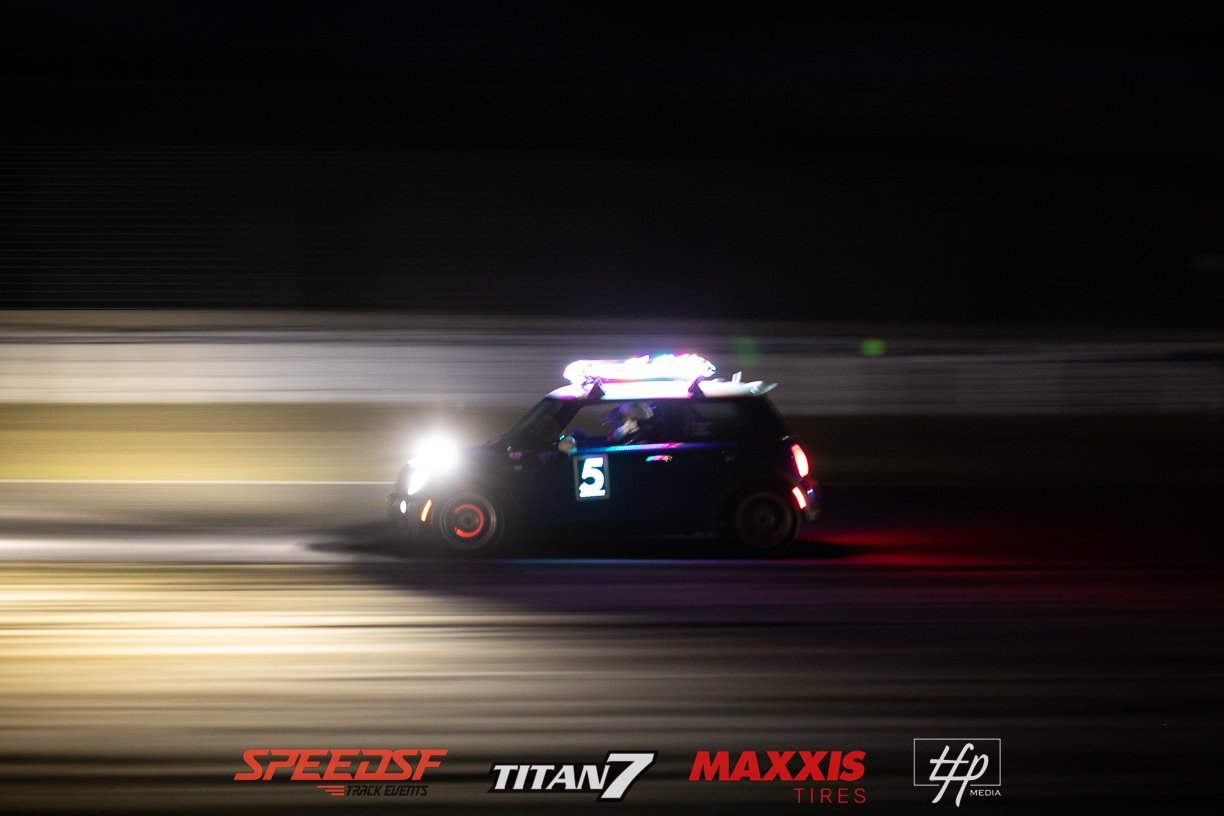
Braking Basics Explained: How to Find Time on the Anchors
Learning to slow the car is one of the hardest things to do.
Let’s break off a small piece and build a little confidence on the binders.
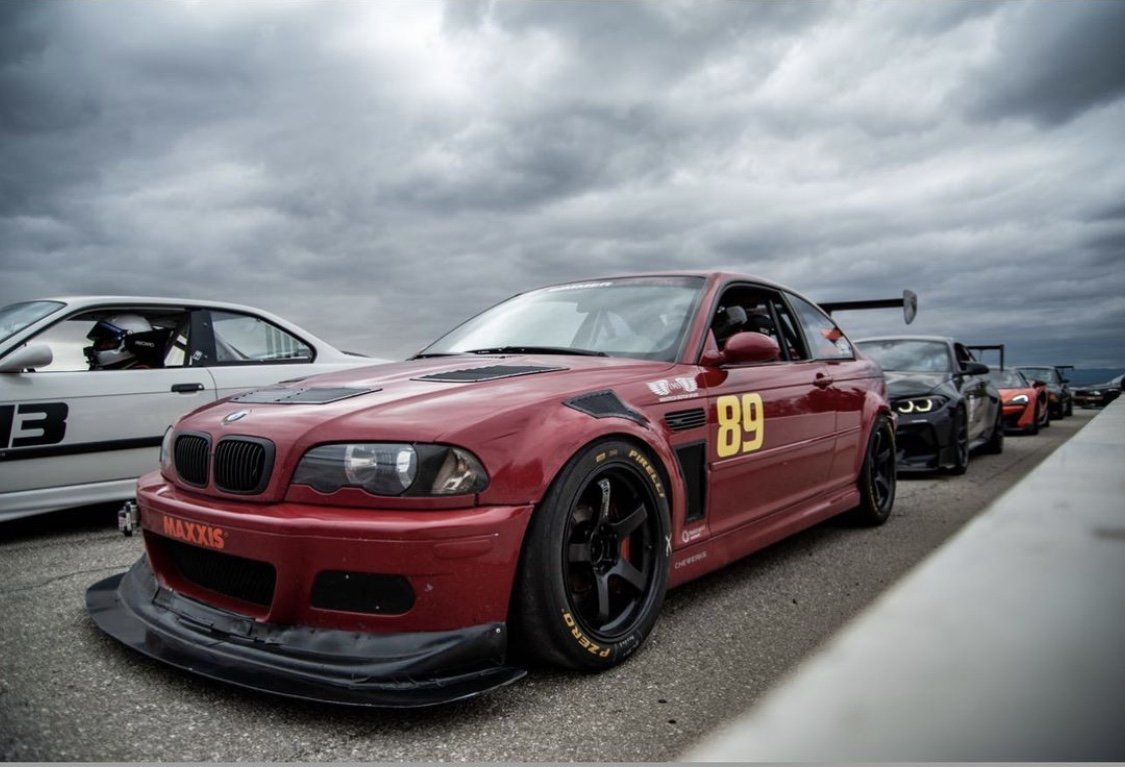
Elie's E46 M3: Not Too Much, Not Too Little
Though the car has a reputation as being a pricey pain in the ass, Elie Mansour’s proven that the E46 M3 is reliable as anything—and faster than 70% of most track toys—when given the right sort of TLC.
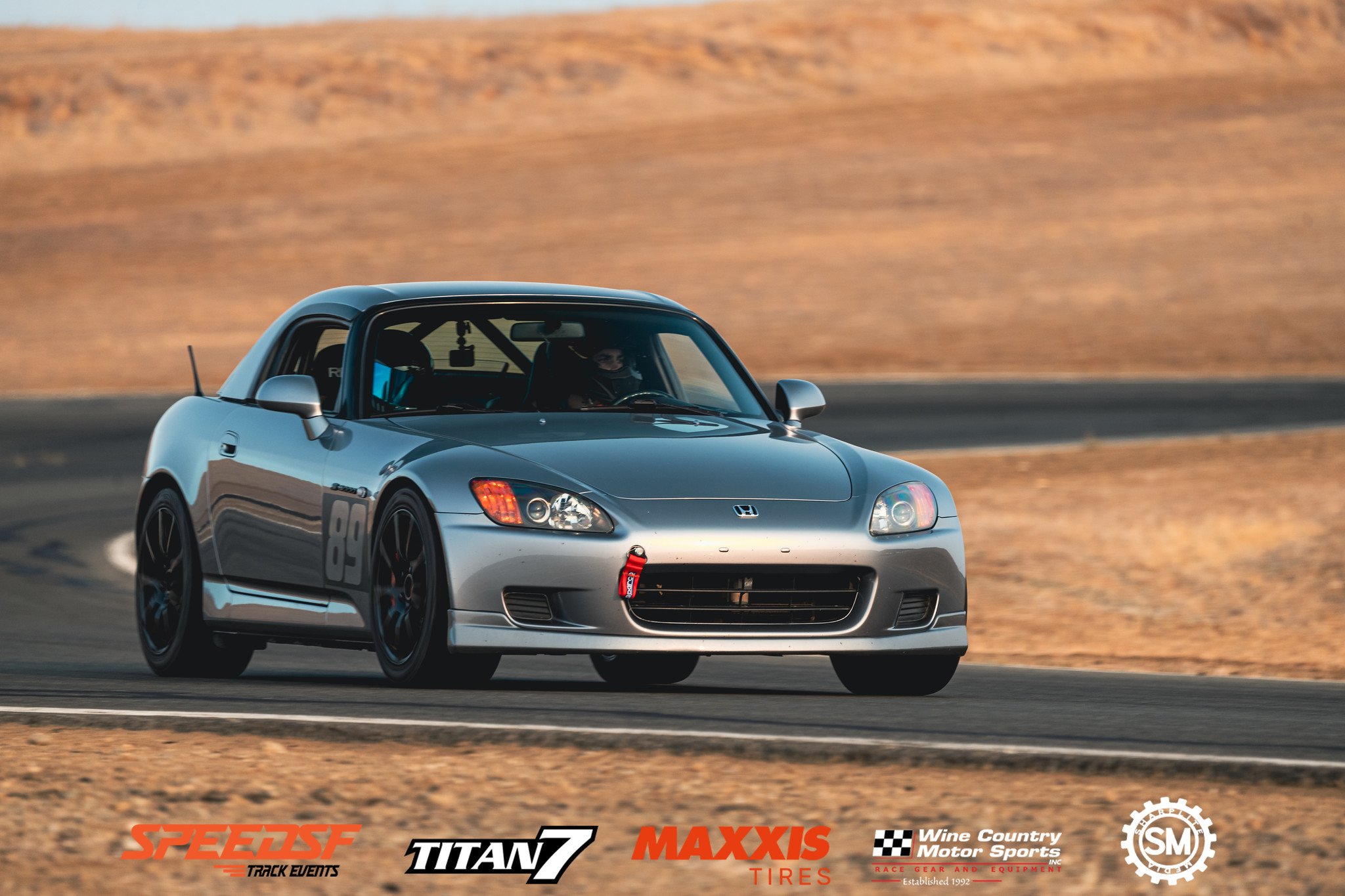
Alex's AP1 S2000: Earning His Spurs
Tempted to try something livelier than his DC1, Alex bought himself an AP1 S2000 a few years back and learned how lively it really was. He chose his modifications with the aim of making it reliable and predictable, and in doing so, built a foundation upon which he could learn his craft.

Werkshop's Paint Protection Film Keeps Track Cars Sparkling
With Werkshop’s PPF, you can spend a few shekels to keep your car looking sexy. Full-body, front end-only, bumpers, basic cars, and even exotics are covered.

Fenton's BRZ: The Dependable Workhorse
Rather than go for the all-out track car, Fenton decided a more versatile vehicle would better suit his current needs. After making only a few modifications, he’s been able to enjoy a nice balance of reliability, daily comfort, excitement, and on-track competence.

James Snell's Supercharged S2000: Bold is Better
Not only did James Snell build himself into a handy driver in just a few years, he made this car—now supercharged—one of the cleanest all-round S2000 track toys in the SoCal scene.

First Impressions: 2023 GR Corolla
How does Toyota’s new hot hatch handle? We found out at Thunderhill.
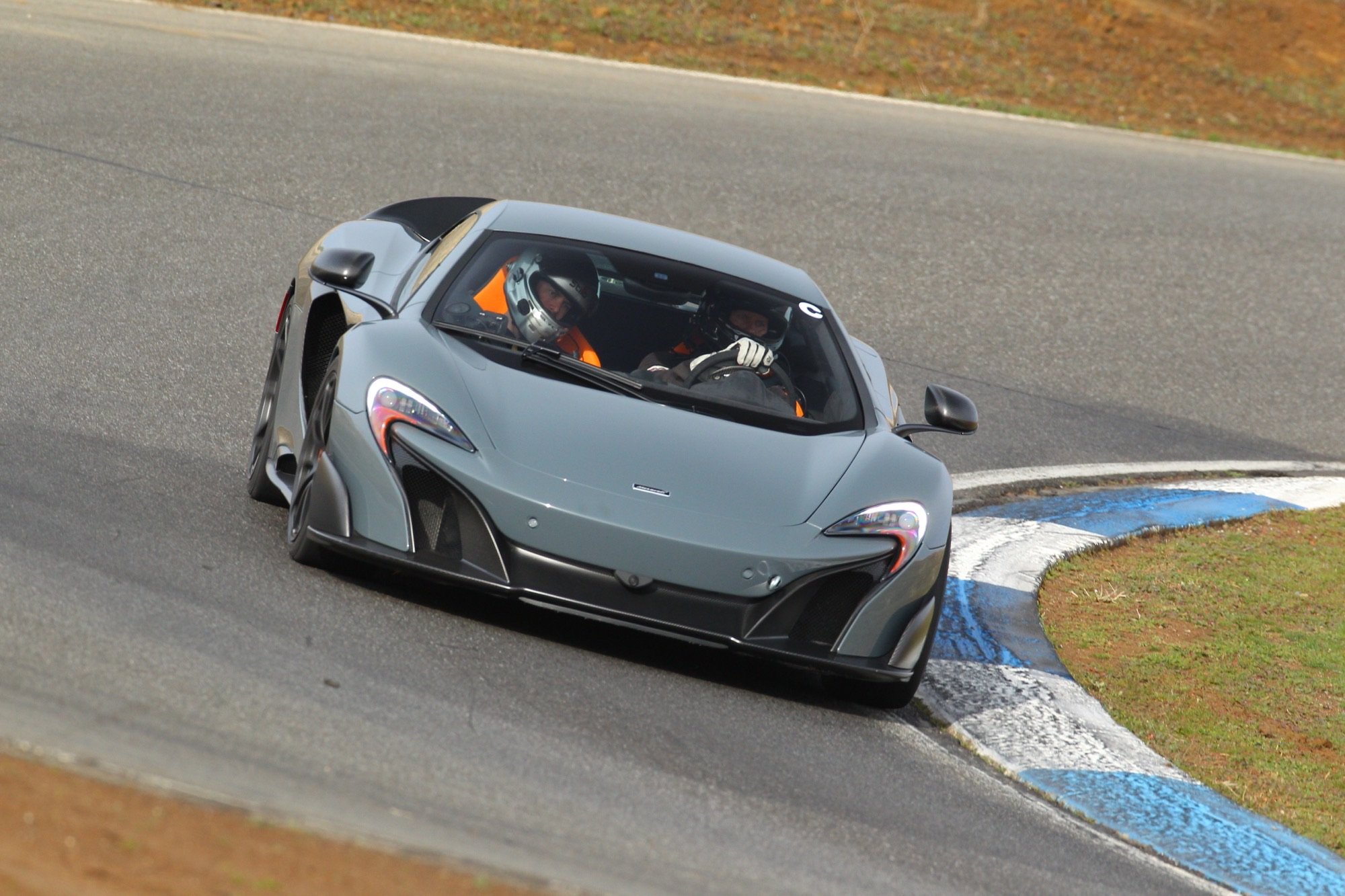
Steven's McLaren 675LT: Hardly Fair Anymore
After hearing nothing but praise from his driving coach, Steven Melson decided he’d have to try a 675LT for himself. He flew out to COTA to test one, but that particular car was crashed minutes before he was supposed to hop in it. Undeterred, he sought out another and has been continually shocked at how capable this supercar is.

A Simple Guide to Driving in the Rain
It might intimidate some, but driving in the wet/low-grip conditions is one of the best ways to improve as a driver. Here are some simple tips to remember next time the heavens open on your track day.
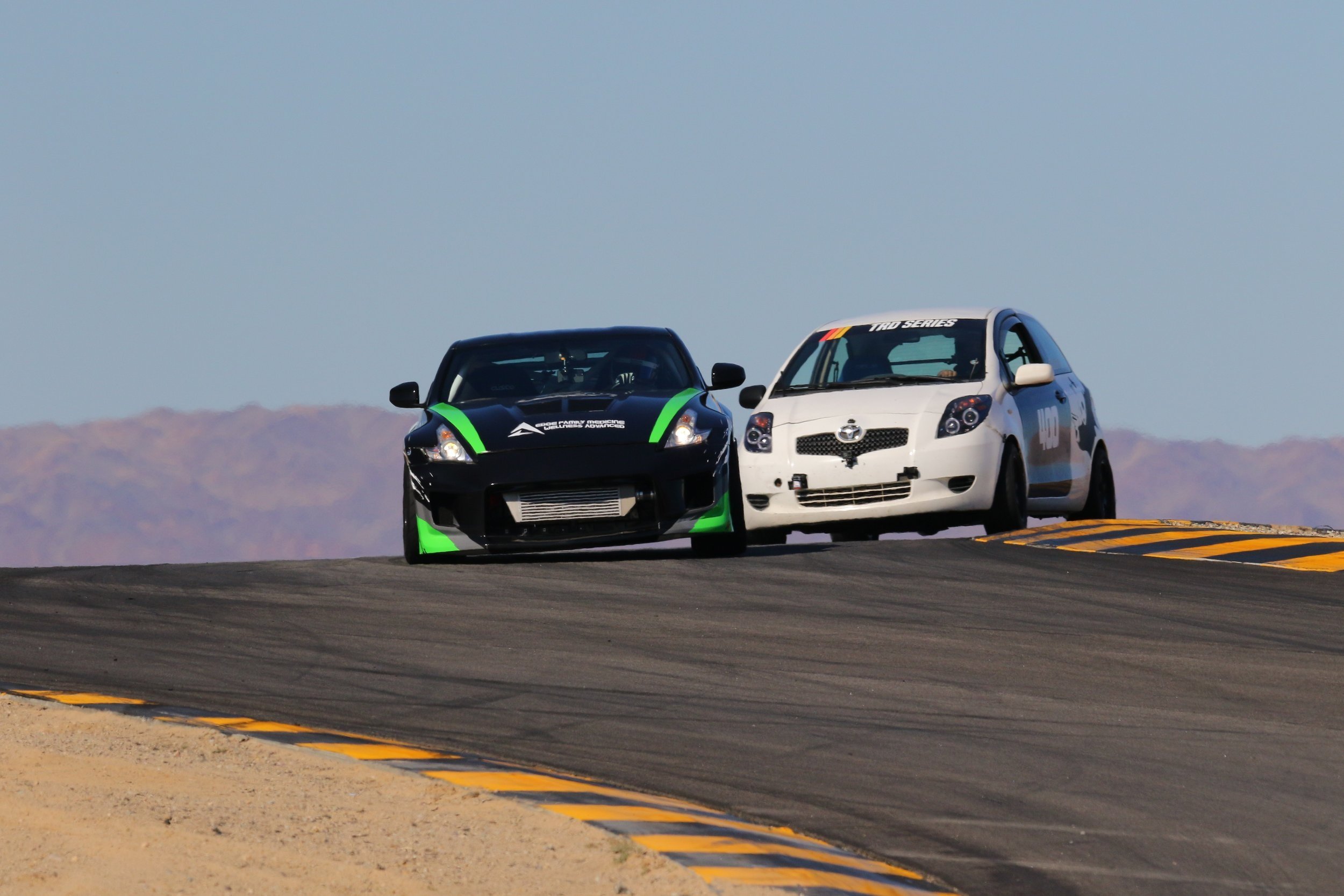
Joey's Yaris: Giving the Family Car a New Lease on Life
It was the car he and his siblings learned to drive in. Once all the kids were off on their own, Joey decided to give this once-automatic Yaris a shot at sexier second life.

Nic's Porsche 911: Take a Chance on the 996
Take a risk and keep it simple. Nic Gerardi’s shown us that the 996.1 Carrera’s a great track car with the right modifications. Stout, light, full of feel, and very reliable, it might be worth the chance of a bad IMS.

Adam's S13 Coupe: Silvias Do More Than Slide
It’s fun to remember that you could pick up a turbocharged Silvia for a few grand once. Adam Swan took this car to the next level with a few track-oriented mods, but it’s still essentially stock; proving the Silvia can do more than go sideways.

Near-Win at the 25 Hours of Thunderhill: Team Tazio Ottis Racing's Day-Long Battle
Mechanical troubles, great pace, a tough competitor, and changing conditions made this year’s 25 Hours of Thunderhill a nail-biter for Team Tazio Ottis Racing. Even enduros can provide close finishes like this team had.

Jake's S2000: Balance and the Best of All Worlds
Jake learned that he really can have it all with his AP1 S2000. Basic but capable, this particular car has just what’s needed and nothing more to make it unreliable. Plus, it looks better than most with a distinct coat of Porsche Chalk.

Christian's M3: A Motorcycle's Rightful Successor
After getting his racing education through years on bikes, Christian had the skillset ready to extract the most from a well-sorted track toy. He went down a proven path, reaped all the benefits of pragmatism, and learned what really matters in a long-term relationship with a vehicle.

Justin's Moore's Mustang GT: Practicality Pays Dividends
After a long, challenging relationship with a peanut-eye STI, Justin Moore decided to get in a more reliable car and take advantage of the great lapping days available to him. This ‘11 Mustang GT needed some work to get it into the S3 title contender it is now, but it hasn’t given him any reason to stay out of the seat.

Rich Bonem's BRZ-Camaro Dilemma: Speed Costs Money
After a challenging, fruitful foray into time trials with his BRZ, Rich started to crave a little more. He decided to buy himself a Camaro SS, and though fast and thrilling, he found it had one major flaw.
